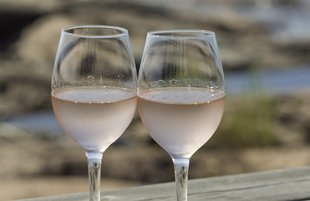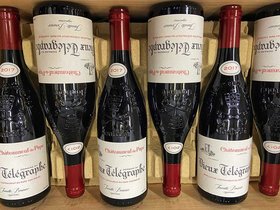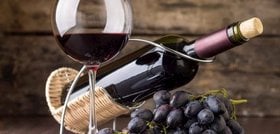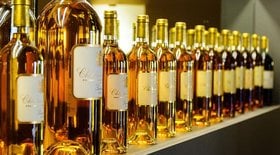12 Refreshing French Rose Wines To Try In 2025
When it comes to Rosés, the French have set the bar high.
French Rosé wine is made across the country and hence showcases the nuances of various unique terroirs.
These pink wine bottles come with special hues, aromas, and flavors - ranging from more fruit focused, darker-colored Rosés to light and crisp blush pink ones. Let’s take a virtual trip to France and discover how French Rosé’s differ in different regions and some of the best bottles from each region.
Further reading
- Explore all there is to know about French Wine and the finest bottles to buy now.
- If you prefer white wine, check out the 15 Different Styles of French White Wine.
12 Refreshing French Rosé Wines From 6 Different Regions
French Rosé wine is a broad term that encompasses a broad range of styles. Let’s take a look at some of the best Roses from all over France.
A. Provence Rosé Wine
Provence, located in southeastern France, has a reputation for producing high-quality Rosé wines from the excellent fruit sourced from the vineyards stretching across the Mediterranean Sea.
Commonly, Provence wineries use a blend of Grenache, Cinsault, Syrah, and occasionally Mourvédre, resulting in refreshing, low-alcohol, pale-pink (almost white) wines.
Provence dry Rosé wines are characterized by crisp acidity and fruity (typically redcurrant) taste with a subtle hint of pepper.
Provence Rosé wines are produced in these four appellations:
- Coteaux d’Aix en Provence: This region allows the addition of Cabernet Sauvignon into the blend, giving the wine more structure.
- Côtes de Provence:Rosé wine from Côtes de Provence has a classic crisp, fruity taste.
- Coteaux Varois en Provence: These wines are more rounded and balanced with a perfumed smell. Coteaux Varois en Provence Rosés are also known to age well.
- Bandol: This appellation offers the most complex Rosé thanks to the use of Mourvèdre grapes.
Best Provence Rosé wines:
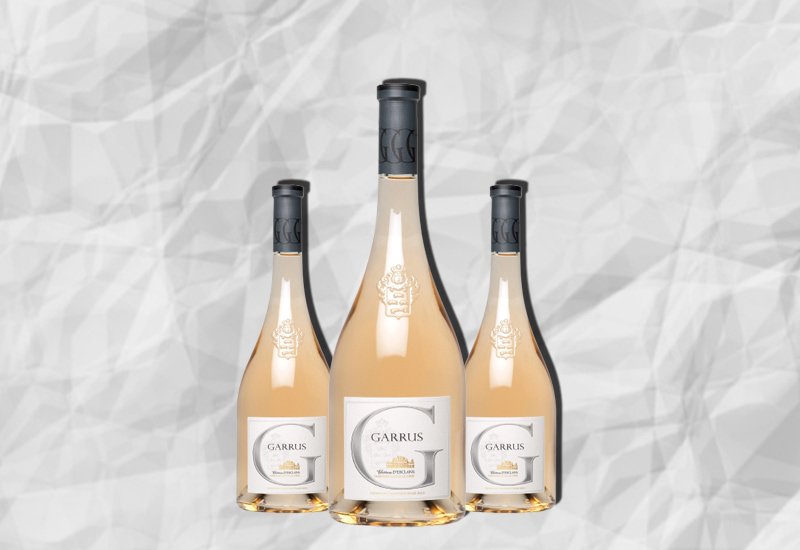
- 2019 Château d'Esclans Côtes de Provence Garrus Rosé ($104): Pale orange-pink, the Chateau d’Esclans 2019 vintage is an excellent Provence Rosé wine. An aroma of strawberry and redcurrant gives way to a palate of red stone fruit and crisp, refreshing acidity.
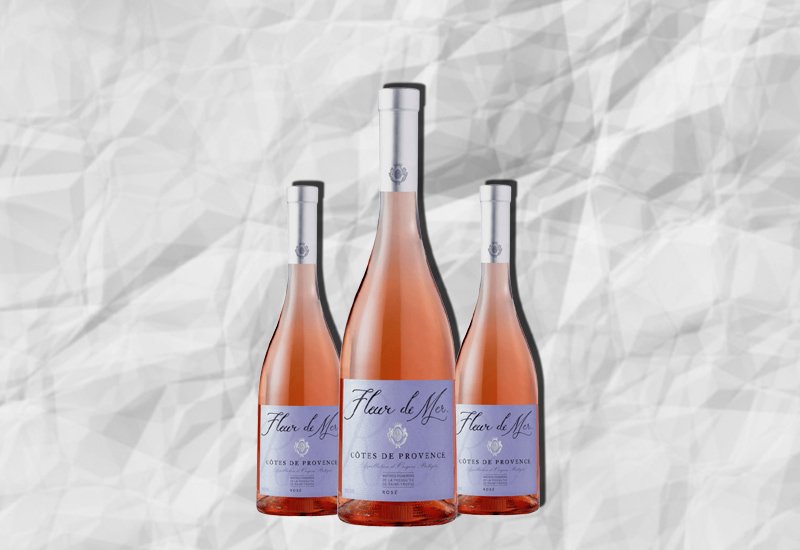
- 2019 Fleur de Mer Rosé ($21): This classic Provence Rosé is perfectly balanced with a delicate floral aroma. On the palate, a flavor of wild strawberry accompanies a lasting and evocative earthy finish.
B. Rhone Valley Rosé Wine
Stretching from central France down to the Mediterranean Sea, Rhone houses the perfect climate for its lively Grenache-based Rosés.
The winemakers often co-ferment Grenache with Syrah, Mourvèdre, or Cinsault and sometimes white grapes as well, resulting in a broad spectrum of flavors and aromas.
However, they often include subtle cherry and strawberry flavors, imparted by Grenache.
Rhone Rosés are produced in two regions:
- Tavel: They have an intense pink color, resulting from long maceration of grape skins, usually 12-24 hours. Tavel’s Rosés have concentrated red fruit flavor, fine tannins, and hints of earth and spice.
- Costières de Nîmes: It produces Rosé wines with fresh watermelon flavor enhanced by the Mediterranean climate. Wines from higher altitudes like Ventoux have zesty flavors of sour cherry and raspberry.
Best Rhône Valley Rosé wines:
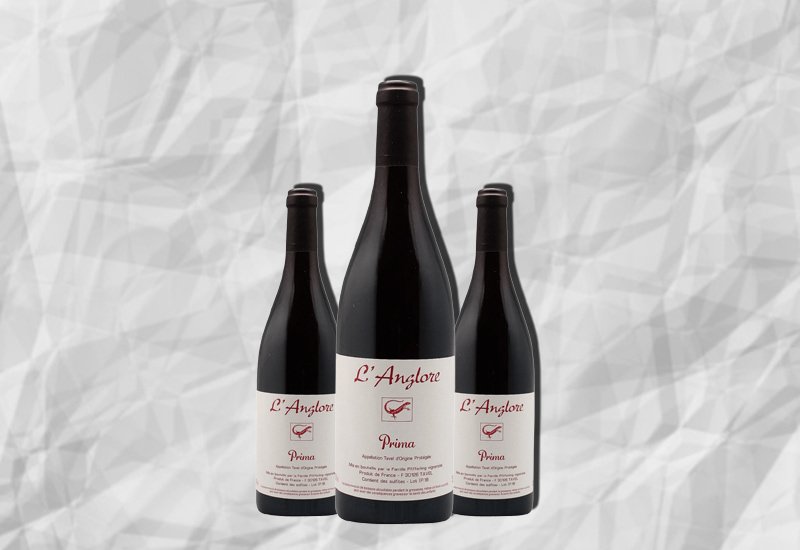
- 2019 Domaine l'Anglore Tavel Prima ($107): This Tavel Rosé offers rich, fruity aromas with sweet spice and candied red fruit notes on the nose. Light and peppery with cherry flavors make for a complex wine.
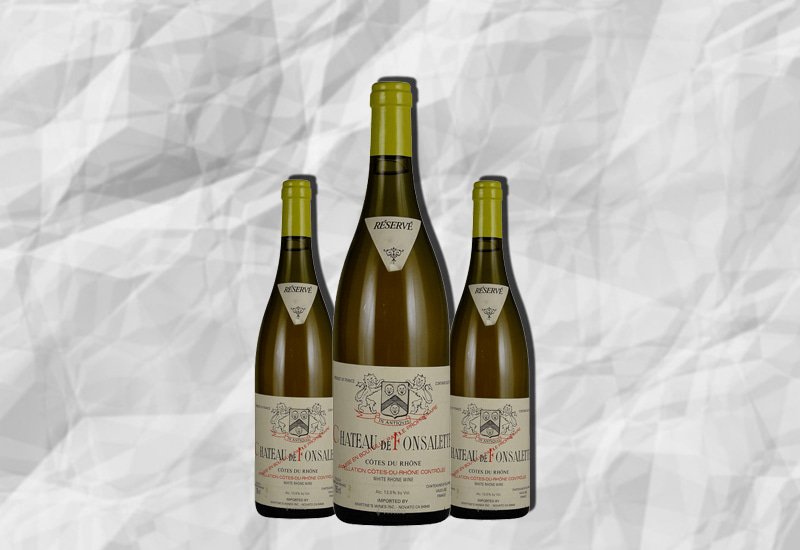
- 2006 Château de Fonsalette "Réservé" Côtes du Rhône ($119): A deep pink wine, this Tavel Rosé offers a mineral, fruity nose with a flinty, delicate palate of stone fruit.
C. Languedoc Rosé Wine
Languedoc is the leading producer of Rosé wine in France.
Being a wide wine region, Languedoc comprises several appellations with varying terroirs. However, they all benefit from the generally warm and dry Mediterranean climate with plenty of sunshine and cooling mountain and ocean breezes - perfect for the red grapes.
Languedoc Rosé wines are mostly a blend of Syrah, Grenache, Mourvèdre, Cinsault, and Carignan grapes, but you can also get your hands on some delicious varietal wines.
Winemakers use the saignée or bleeding method for their Rosés. It involves draining a portion of grape juice, leaving a part of the juice with crushed grapes, giving the wine a slightly darker hue.
These wines tend to have stronger floral notes with a palate characterized by bright, red fruit flavor balanced by vivid acidity and a refreshingly crisp finish.
Best Languedoc Rosé wines:
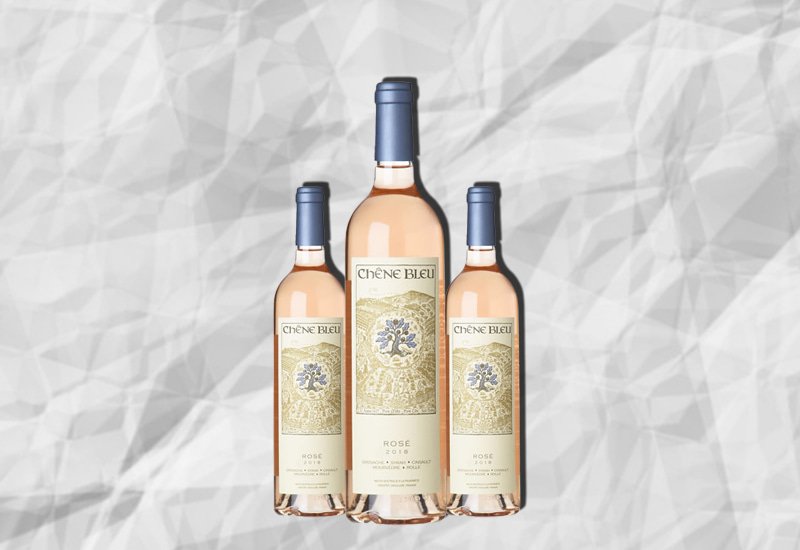
- 2018 Chêne Bleu Le Rosé ($33): A clear, pale pink Rose wine characterized by a bouquet of strawberry and subtle citrus aromas. A wine enthusiast will also love the wine’s fresh, full-bodied, crisp finish that enhances the expressive summer fruits on the palate.
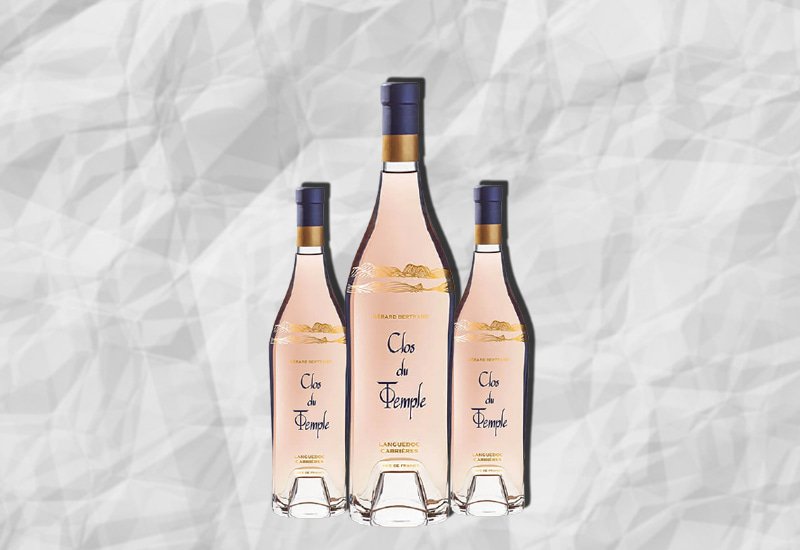
- 2018 Gérard Bertrand Languedoc Cabrieres 'Clos du Temple' Rosé ($192): Pale pink with a subtle aroma of wild strawberry, this beautiful French wine offers a cool and fresh palate of redcurrant, creating an exquisite French Rosé.
D. Bordeaux Rosé Wines
Bordeaux may be making news for its exotic red wines, but it is also the home to some brilliant Rosés.
There was a time when Bordeaux’s Rosés had a reputation for tasting more like caramel than fruit. Rosé production in this region was often little more than a byproduct in the production of red wine.
Today, however, vineyards have geared up to produce world-class Rosé wine. They pick their grapes earlier and are selected separately from the red wine grapes.
The Rosés are classic Bordeaux blends of Cabernet Sauvignon, Merlot, Cabernet Franc, Petit Verdot, Carmenère, and Malbec. However, some are made entirely from Cabernet Sauvignon and Cabernet Franc.
The wines are pale with a fresh, crisp taste and minimal structure. The bottles have a slightly blue tinge, resulting from the region’s oceanic climate and soil.
Best Bordeaux Rosé wines:

- 2018 Château Le Puy "Rose-Marie" Rosé ($66): This Bordeaux Rosé opens with a subtle floral aroma. A fresh and light palate of blueberry and strawberry flavors gives way to a long, juicy finish.

- 2009 Chateau de Sours Reserve de Sours Sparkling Rosé ($19): This delicious Bordeaux Rosé is a bright salmon pink wine with an energetic nose of ripe red berries and subtle citrus. It offers floral notes balanced with a delicate mousse, persistent bubbles, and refreshing acidity.
E. Loire Valley Rosé Wine
Loire Valley produces a wide range of wines, including red, white, and sparkling wines.
The narrow river valleys surrounding the central Loire are the hub for the region’s Rosés. Particularly, vines grown in Sancerre, Menetou-Salon, and Coteaux Giennois have a history of producing fantastic Rosé wines.
Rosés from Anjou, Saumur, and Tourainee appellations must include at least 30% Cabernet Sauvignon, with Pinot Noir, Groslot, Gamay, and Pineay d’Aunis making up the rest of the blend.
These Rosés can vary according to their appellations:
- Sancerre: Sancerre Rosé has rich cherry flavors and a crisp, mineral texture. These wines can age for 2-3 years.
- Touraine: Wines produced in Chinon and Bourgueil in France’s Touraine province often exude flavors of redcurrant and spice - excellent to pair with food.
- Rosé de Loire and Val de Loire: These dry Rosé wines are characterized by light textures and fruity raspberry and redcurrant flavors.
- Anjou: Anjou Rosés can include grapes like Grolleau, Gamay, Cabernet Sauvignon, Cabernet Franc, Malbec, and Pineau d’Aunis and vary wildly in taste.
Best Loire Valley Rosé wines:

- 2018 Lucien Crochet Sancerre Pinot Rosé ($26): This Rosé offers an aroma of strawberries and red cherries. On the palate, notes of strawberry, redcurrant, and raspberry are balanced by crisp acidity.
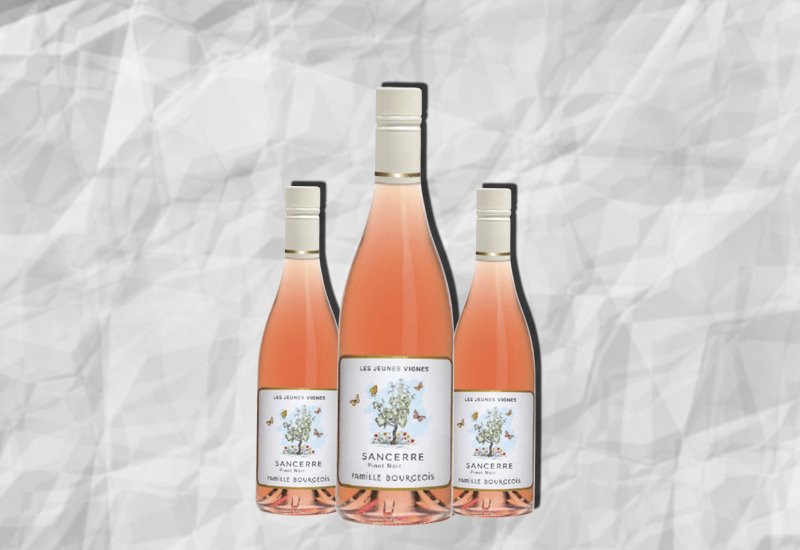
- 2018 Henri Bourgeois Les Jeunes Vignes Sancerre Rosé ($42): A wine enthusiast might note a bouquet of fresh watermelon, cherry, strawberry, and kiwi compliment flavors of strawberry, maraschino cherry, and juicy raspberry.
F. Rosé Champagne
Once regarded as little more than a frivolous summer drink, Rosé wines from France’s esteemed Champagne region are becoming increasingly popular.
Rosé Champagne can be produced by two methods:
- Saignee method
- Or, by blending red and white wine
A brilliant Rosé Champagne has crisp, clean flavors and delicate bubbles on the palate.
Best Rosé́ Champagnes:
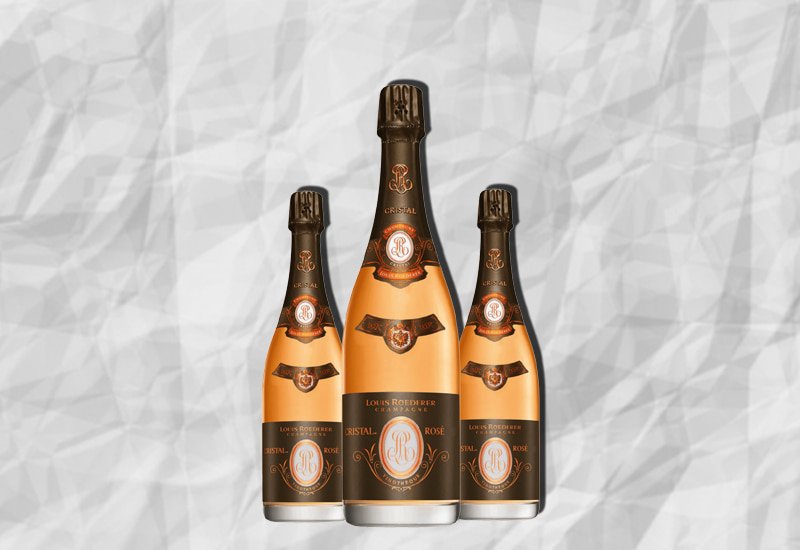
- 2000 Louis Roederer Cristal Vinotheque Edition Brut Rosé Millesime ($2,082): An incredibly light wine, this Rosé Champagne has nuts, fresh citrus, and floral aromas with a medium body.
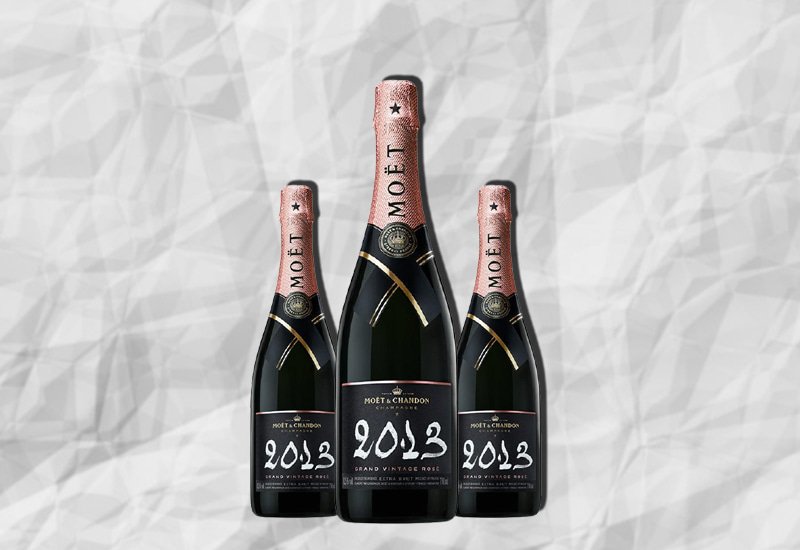
- 2013 Moet & Chandon Brut Rosé ($92): With strong apple notes on the nose, the wine has delicious flavors of grapefruit and ripe green apples.
Enjoy A Mouthwatering Bottle of French Rosé Wine Today!
When it comes to Rosé wine, it’s tough to beat the French. With such a diverse range of hues, scents, and flavors, there’s a French Rosé for every occasion.
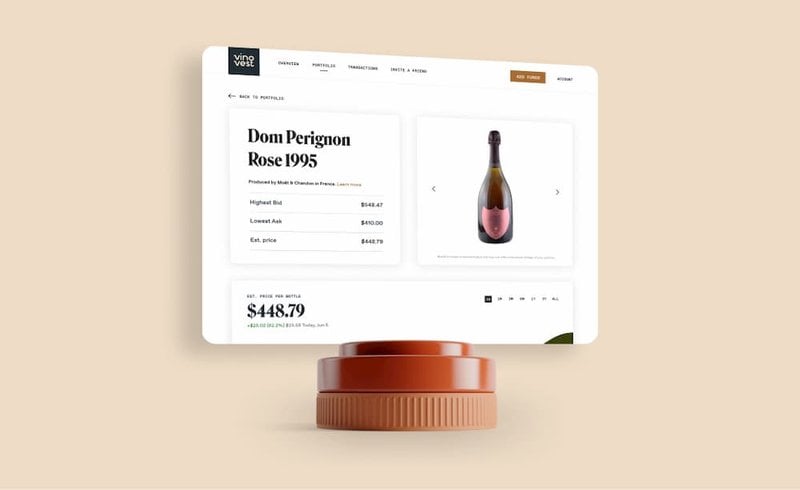
If you want to get your hands on one of these delicious bottles, sign up on the Vinovest website. The wine investment platform provides a safe, easy, and quick way to invest in some of the world’s most coveted wines!
